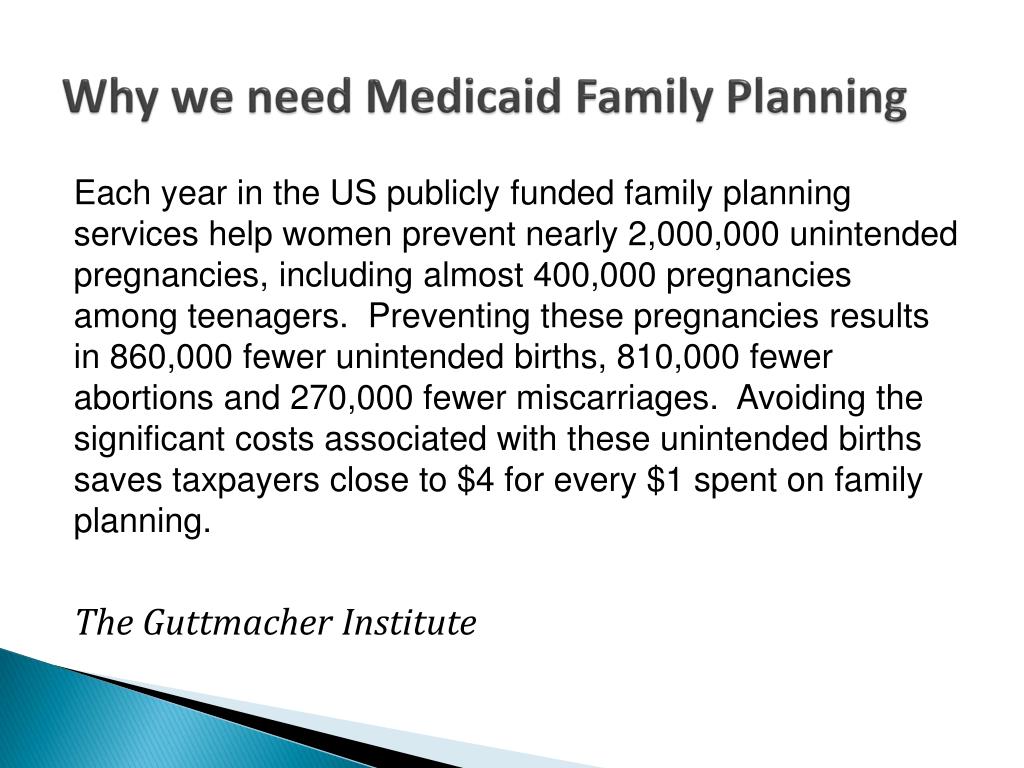Understanding Family Planning Medicaid: Access, Benefits, and How to Get Started

What Is Family Planning Medicaid?
Family Planning Medicaid refers to a category of Medicaid benefits designed to support individuals in preventing or planning pregnancies, accessing contraceptive services, and managing reproductive health needs. These programs are available in every U.S. state and typically offer a range of free or low-cost services for eligible men, women, and teens. The core goal is to remove barriers to essential reproductive healthcare for people with low or moderate incomes, helping them make informed decisions about their health and family size. [2]

Source: mx.pinterest.com
Key Benefits and Covered Services
Family Planning Medicaid covers a comprehensive suite of services that go beyond basic contraception. While specific benefits can vary by state, most programs include:
- Birth Control Exams and Counseling: Individuals receive personalized advice about their options, including pills, patches, rings, injections, implants, and IUDs. [3]
- Contraceptive Supplies: Medicaid covers prescription and over-the-counter birth control methods, often at no cost. [1]
- Pelvic and Pap Exams: Routine screenings help detect early signs of cervical cancer and other gynecological issues. [4]
- Pregnancy Tests: Free testing to determine pregnancy status, often with referrals for further care if needed. [5]
- STD Testing and Treatment: Many programs offer confidential screening and treatment for sexually transmitted diseases, excluding HIV/AIDS and Hepatitis in some states. [5]
- Sterilization Procedures: Eligible adults may opt for voluntary sterilization, such as tubal ligation or vasectomy. [1]
- Emergency Contraception: Services may include access to morning-after pills or similar interventions in cases of contraceptive failure. [3]
- Counseling and Referrals: Family planning providers offer guidance on healthy relationships, sexual health, and referrals to social services. [5]
Some programs also provide tobacco cessation counseling, vitamins like folic acid for reproductive health, and select immunizations for younger participants. [1]
Eligibility Requirements
Eligibility for Family Planning Medicaid depends on factors like age, income, citizenship, and residency. While criteria can vary by state, typical requirements include:
- Age: Most programs serve individuals from early teens (as young as 12) to adults up to 54 or 55 years old. [3]
- Income: Applicants must meet state-defined income limits, which often include moderate incomes. [4]
- Residency: You must be a resident of the state where you apply. [3]
- Citizenship or Qualified Immigrant Status: U.S. citizens and certain qualified immigrants are eligible. [3]
Some states extend coverage for 12 months after a Medicaid-covered pregnancy and delivery, even if regular eligibility has ended. [3]
How to Access Family Planning Medicaid
Accessing Family Planning Medicaid involves a straightforward application process, but steps may vary depending on your location. Here is a general guide:
- Check Your State’s Program: Review your state’s Medicaid or health department website for specific eligibility rules and benefits. Search for terms like “Family Planning Medicaid” or “Family Planning Program.”
- Gather Documentation: Prepare documents that verify your age, income, residency, and citizenship status. This often includes a driver’s license, pay stubs, and proof of address.
- Submit an Application: Applications can be completed online, by mail, or in person at local Medicaid offices or health clinics. If you only want family planning services and not full Medicaid, you may apply for just those benefits in many states. [4]
- Retroactive Coverage: In some states, you can apply for coverage for up to three months before your application date. [4]
- Receive Services: Once approved, you can access covered services at participating clinics, doctors, or pharmacies. Some states provide a list of approved providers; otherwise, ask staff at your clinic for guidance.
If you need help with the application process, most state Medicaid agencies offer toll-free hotlines or local assistance. For example, Alabama’s Plan First Program provides help at 1-888-737-2083. [1] Georgia’s Planning for Healthy Babies® Program offers support at 1-800-704-1484. [5]
Real-World Example: How Family Planning Medicaid Works
Consider a 23-year-old woman in Iowa, earning a moderate income and needing birth control. She searches “Iowa Family Planning Program” on her state health department’s website, reviews eligibility, and gathers her pay stubs and proof of residency. She submits her application online and receives approval within a few weeks. She then visits a participating clinic for a birth control exam, counseling, and supplies-all at no cost. She also gets annual Pap tests and access to emergency contraception, if needed. [3]

Source: pixabay.com
Potential Challenges and Solutions
Applicants sometimes encounter issues such as difficulty verifying income, confusion about eligibility, or limited clinic availability. To address these:
- Contact your state Medicaid office for help identifying required documents and eligibility criteria.
- Use local health clinics, community health centers, or Planned Parenthood affiliates, which often participate in Medicaid family planning programs.
- If denied, ask for a written explanation and guidance on appealing or reapplying.
- For confidential services, inform your provider if privacy is a concern; family planning programs are required to maintain confidentiality.
Alternative Approaches
If you are not eligible for Family Planning Medicaid, consider visiting federally funded Title X clinics, which offer low-cost or free reproductive health services regardless of income or insurance status. Search for “Title X clinic near me” to find local options. Many states also provide standalone Family Planning Programs for residents who do not qualify for full Medicaid. [4]
Key Takeaways
Family Planning Medicaid is a vital resource for individuals seeking affordable and confidential reproductive healthcare. It covers a broad range of services, from contraception to preventive exams, and removes cost barriers for eligible participants. While program details can vary by state, the process is designed to be accessible and supportive. For best results, review your state’s official Medicaid website, gather necessary documentation, and reach out to local health clinics or agency hotlines for personalized assistance.
References
- [1] Alabama Medicaid Agency (2025). Family Planning Services.
- [2] KFF (2025). 5 Key Facts About Medicaid and Family Planning.
- [3] Iowa Department of Health and Human Services (2025). Family Planning Program (FPP).
- [4] Maryland Health Connection (2024). Family Planning Program.
- [5] Peach State Health Plan (2025). Planning for Healthy Babies® Family Planning.






